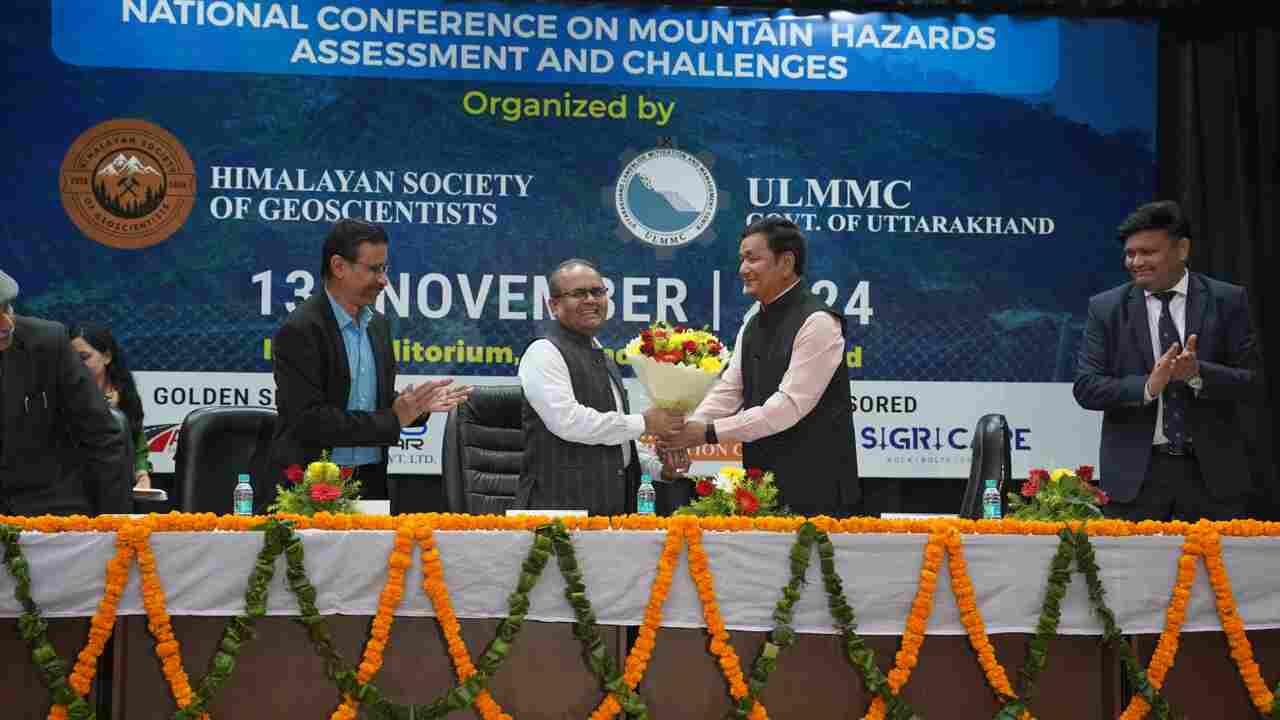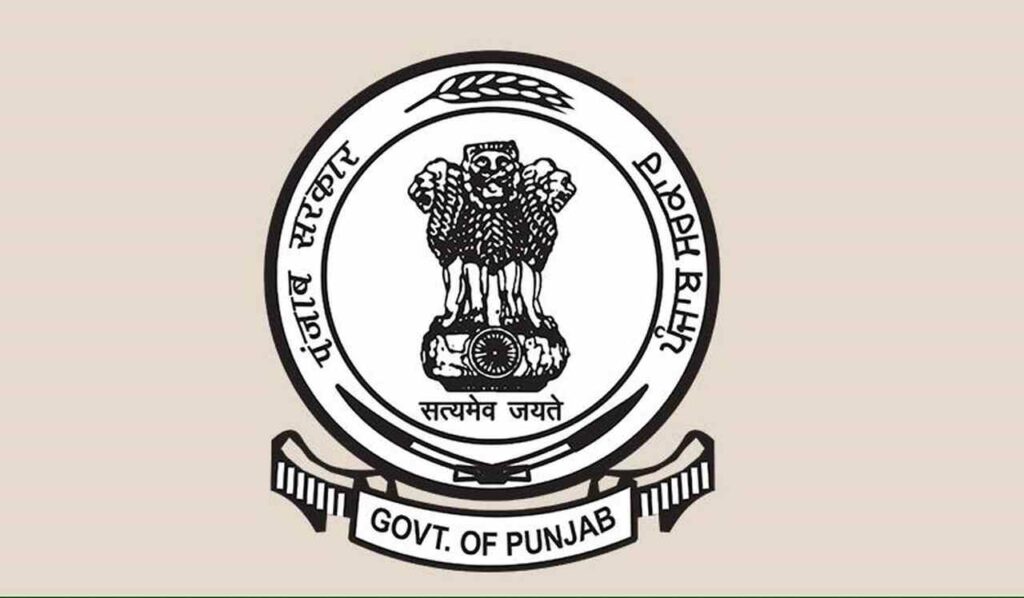Dehradun: A national seminar was organized in the IRDT auditorium on the subject of risk assessment and challenges in mountainous areas under the joint aegis of the Himalayan Society of Geoscientists and Uttarakhand Landslide Mitigation and Management Center (ULMMC) operated under the Disaster Management Department.
As the chief guest at the conference, Secretary Disaster Management and Rehabilitation Vinod Kumar Suman said that Uttarakhand and other Himalayan states are very sensitive in terms of disasters and there is a need to work keeping in mind the sensitivity here. He said that there are three phases of disaster, in which the most important phase is pre-disaster preparation. The better our preparation is to face disasters, the lesser will be the impact. Whether it is to develop the capacity of human resources, whether to purchase modern equipment related to search and rescue, or to work on the early warning system, this is the most appropriate time.
He said that to deal with disasters, both the goals and roles must be clear. The Government of India has created the IRS system, by adopting which both these goals can be achieved. He said that the response time in fighting various disasters in Uttarakhand has reduced. We are studying the disasters of the last ten years, so that we can know where we did better and where we lacked, so that better planning can be done to fight disasters in future.
USDMA Additional Chief Executive Officer-Implementation DIG Rajkumar Negi said that disaster management is not the work of just one department. Different departments come together on one platform and work to achieve one goal and that goal is to minimize the loss of life and property. Maximum number of lives can be saved. He said that the latest technology is being used in disaster management in the state of Uttarakhand and the state of Uttarakhand is seen as a model state in the field of disaster management. President of Himalayan Society of Geoscientists and former Director General GSI R.S. Garkhal said that in recent years, the Himalayan region has been most affected by natural disasters. The objective of this conference is to increase our understanding of various challenges and develop strategies to effectively reduce risks.
Director of ULMMC Shantanu Sarkar said that ULMMC is working in collaboration with various central institutions towards the creation of disaster-safe Uttarakhand. Work is being done towards the complete geo-technical, geo-physical and geological study of major hill towns. Along with this, lidar survey is also being done. Whatever data is received will be shared with the line departments so that they can work accordingly. He said that NDMA has identified 13 glacial lakes in Uttarakhand, out of which five are extremely risky. They are also being studied so that the possible risk from them in future can be reduced.
Scientists honoured for commendable services
Dehradun. On this occasion, Subhash Chandra Gupta was awarded the Life Time Achievement Award for his commendable contribution in the construction of various dams across the country, Suresh Kumar, the representative of the agency that built a nine km long tunnel on the Mumbai-Pune Express Highway in just three years, was awarded the Best Tunnelling Award and S.K. Goyal was awarded the Best Micropiling Award.
Landslide dams and glacier lakes are a big threat: Patni
Convener of the conference B.D. Patni said that two new challenges have knocked in front of the Himalayan states. One is landslide dams and the other threat is glacier lakes. If these are not controlled in time, then they can become the cause of a big tragedy in the future. He said that the traditional knowledge of our elders regarding the conservation of the Himalayas was of very high quality. Earlier people used to build houses five hundred meters above the river and today there is a competition to settle on the river banks. Be it hotels, camps, houses, markets, these are the biggest threats in the future. He also suggested effective ways of treatment in other major landslide areas of the state including Baliyanala of Nainital.
It is important to learn from disasters: Kanungo
CBRI Chief Scientist Dr. DP Kanungo said that we have mastered the art of relief and rescue work after a disaster, but we have a lot to learn and do regarding pre-disaster preparations. He said that if the scientific community feels the danger of a disaster somewhere, then they should put their point before the government and administration with strength without any fear so that they can take the right action at the right time. There should not be a communication gap.
Along with this, former Chairman of Godavari River Management Board H.K. Sahu and Raghavendra Kumar Gupta gave a lecture on the safety of dams. They gave information about various provisions of the Dam Safety Act. IIT Roorkee scientist Dr. SP Pradhan threw light on various aspects of slope cutting in the Himalayan states and their treatment.







